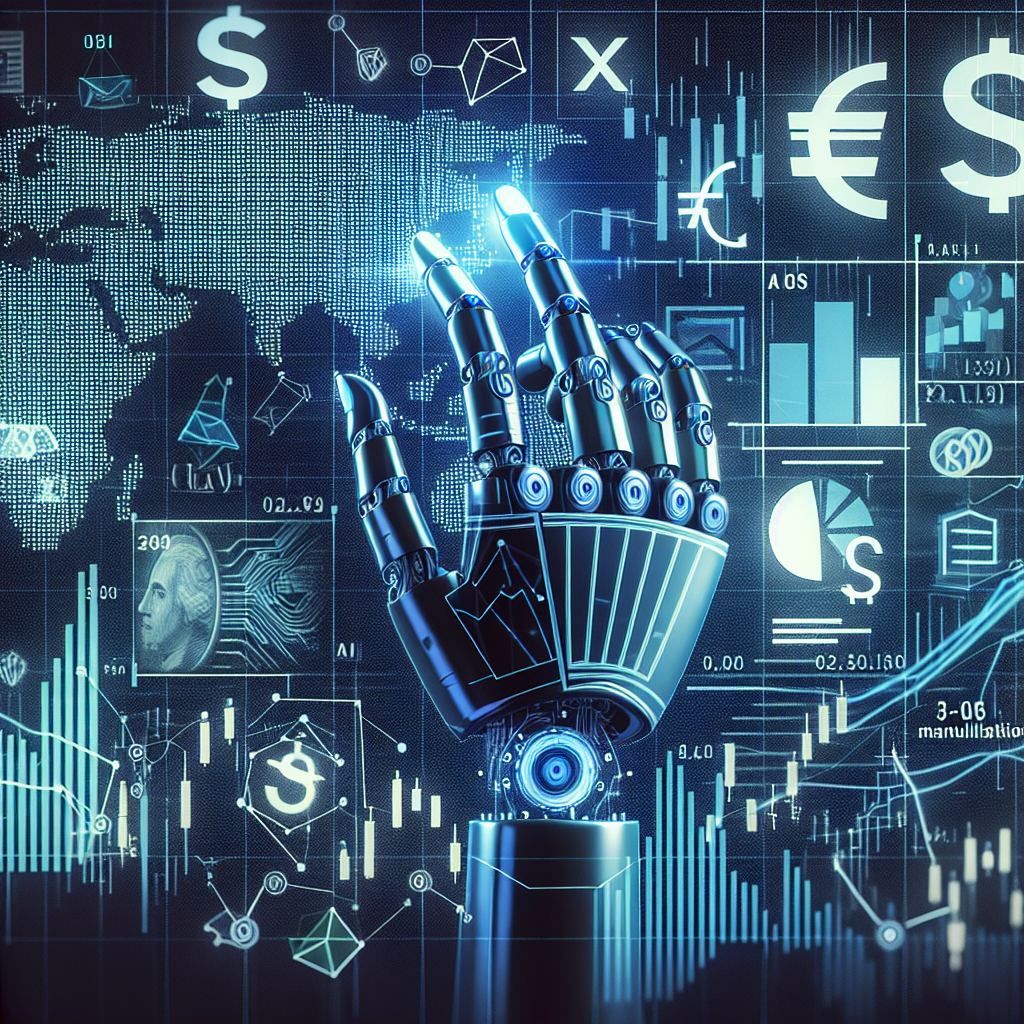The Risks of AI in Finance: Market Manipulation and Fraud
Artificial Intelligence (AI) has revolutionized many industries, including finance. AI algorithms can analyze vast amounts of data and make complex decisions in a fraction of the time it would take a human. This has led to increased efficiency, improved accuracy, and new opportunities for innovation in the financial sector. However, along with these benefits come risks, particularly in the areas of market manipulation and fraud.
Market Manipulation
One of the biggest risks associated with AI in finance is the potential for market manipulation. AI algorithms can be programmed to trade stocks, commodities, and other financial instruments at lightning speed, reacting to market conditions in real-time. While this can lead to increased liquidity and efficiency in the markets, it also creates opportunities for malicious actors to manipulate prices for their own gain.
One way this can happen is through the use of “spoofing” algorithms, which place fake orders to create the illusion of market demand or supply. By quickly canceling these orders before they are executed, traders can trick other market participants into making decisions based on false information. This can artificially inflate or deflate prices, leading to profits for the manipulators at the expense of other investors.
Another form of market manipulation involves using AI algorithms to spread false information or rumors about a company or market, causing panic selling or buying among investors. This can create volatility in the markets and disrupt normal price discovery mechanisms, leading to losses for unsuspecting traders.
Regulators are aware of the risks posed by AI-driven market manipulation and have taken steps to address them. For example, the Securities and Exchange Commission (SEC) in the United States has implemented rules and regulations to combat spoofing and other forms of market manipulation. However, staying ahead of increasingly sophisticated AI algorithms remains a challenge for regulators.
Fraud
In addition to market manipulation, AI poses risks in the form of fraud in the financial sector. AI algorithms can be used to create sophisticated scams that target unsuspecting investors and consumers. For example, AI-powered chatbots can be programmed to impersonate customer service representatives or financial advisors, tricking people into divulging sensitive information or making fraudulent transactions.
AI can also be used to generate fake news stories, social media posts, and reviews that promote fraudulent schemes or products. These tactics can be used to manipulate public opinion, drive up demand for a particular investment, or create a false sense of urgency among potential victims.
Furthermore, AI algorithms can be used to analyze vast amounts of data to identify vulnerabilities in financial systems and networks. Hackers can use this information to launch cyber attacks on financial institutions, steal sensitive data, or disrupt critical infrastructure. These attacks can have far-reaching consequences, including financial losses, reputational damage, and regulatory scrutiny.
FAQs
Q: How can investors protect themselves from market manipulation and fraud in the age of AI?
A: Investors can protect themselves by staying informed about the latest developments in AI technology and how it is being used in the financial sector. They should also be cautious when receiving unsolicited investment advice or offers that seem too good to be true. It is important to do thorough research before making any investment decisions and to verify the legitimacy of any financial products or services.
Q: What steps are regulators taking to address the risks of AI in finance?
A: Regulators around the world are taking steps to address the risks of AI in finance, including implementing rules and regulations to combat market manipulation and fraud. For example, the European Union’s General Data Protection Regulation (GDPR) sets strict guidelines for how companies can collect, store, and use personal data. In addition, the Financial Stability Board (FSB) has published guidelines on the governance and use of AI in the financial sector to help ensure that AI is used responsibly and ethically.
Q: How can financial institutions use AI to combat market manipulation and fraud?
A: Financial institutions can use AI to enhance their monitoring and surveillance capabilities to detect and prevent market manipulation and fraud. AI algorithms can analyze vast amounts of data in real-time to identify suspicious patterns or anomalies that may indicate fraudulent activity. In addition, AI can be used to enhance customer authentication processes, detect fraudulent transactions, and improve risk management practices.
In conclusion, while AI has the potential to revolutionize the financial sector, it also poses significant risks in the form of market manipulation and fraud. Investors, regulators, and financial institutions must work together to address these risks and ensure that AI is used responsibly and ethically in the financial industry. By staying informed, exercising caution, and implementing robust risk management practices, stakeholders can mitigate the risks associated with AI in finance and help build a more secure and resilient financial system.

